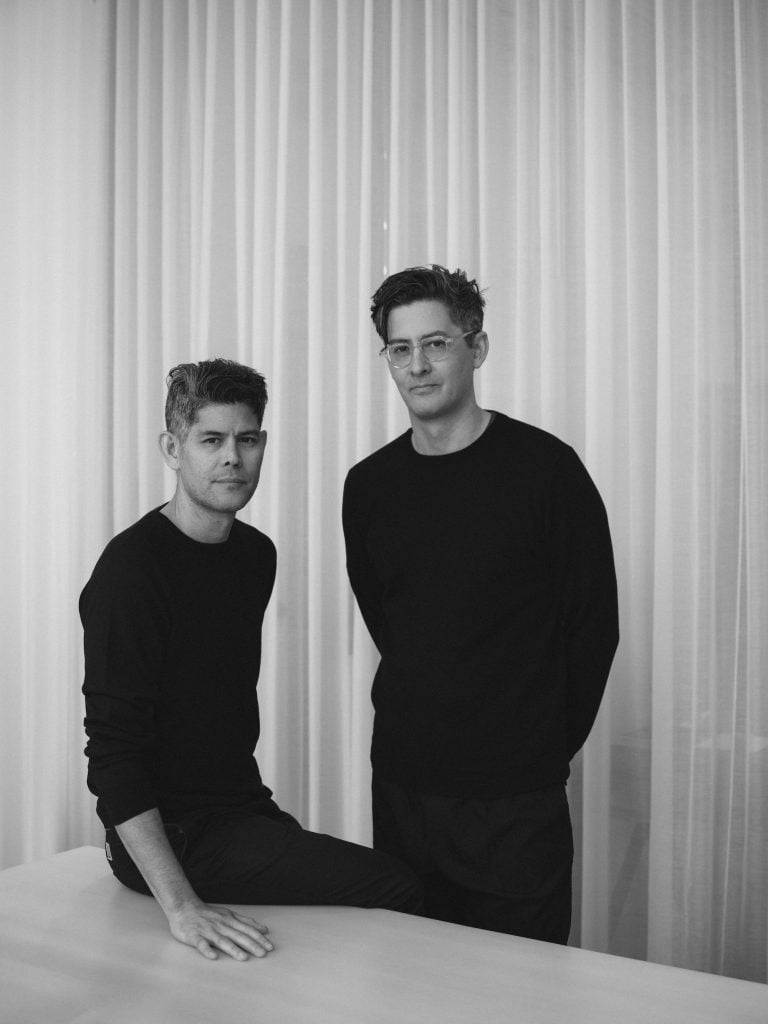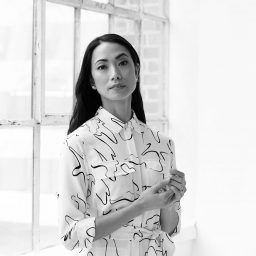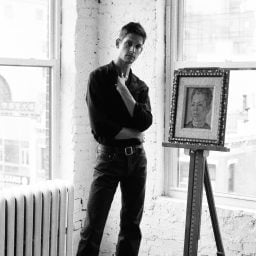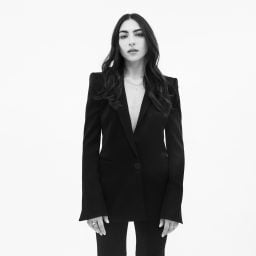So much of the art world orbits around questions of value, not only in term of appraisals and price tags, but also: What is worthy of your time in These Times, as well as your energy, your attention, and yes, your hard-earned cash?
What is the math that you do to determine something’s meaning and worth? What moves you? What enriches your life? In this series, we’re asking individuals from the art world and beyond about the valuations that they make at a personal level.
Architects (and brothers) Dominic and Christoper Leong are not afraid to be bold, for all the right reasons. In 2009, the New York-based duo launched their design consultancy, Leong Leong, smack dab in the midst of a global recession.
The brothers were determined, however, believing that design had the potential to effect social change—a core tenet that made their work a kind of moral imperative. Nearly 15 years later, Leong Leong’s guiding ethos remains largely unchanged, and over that time, the firm has become a favorite of the art world.
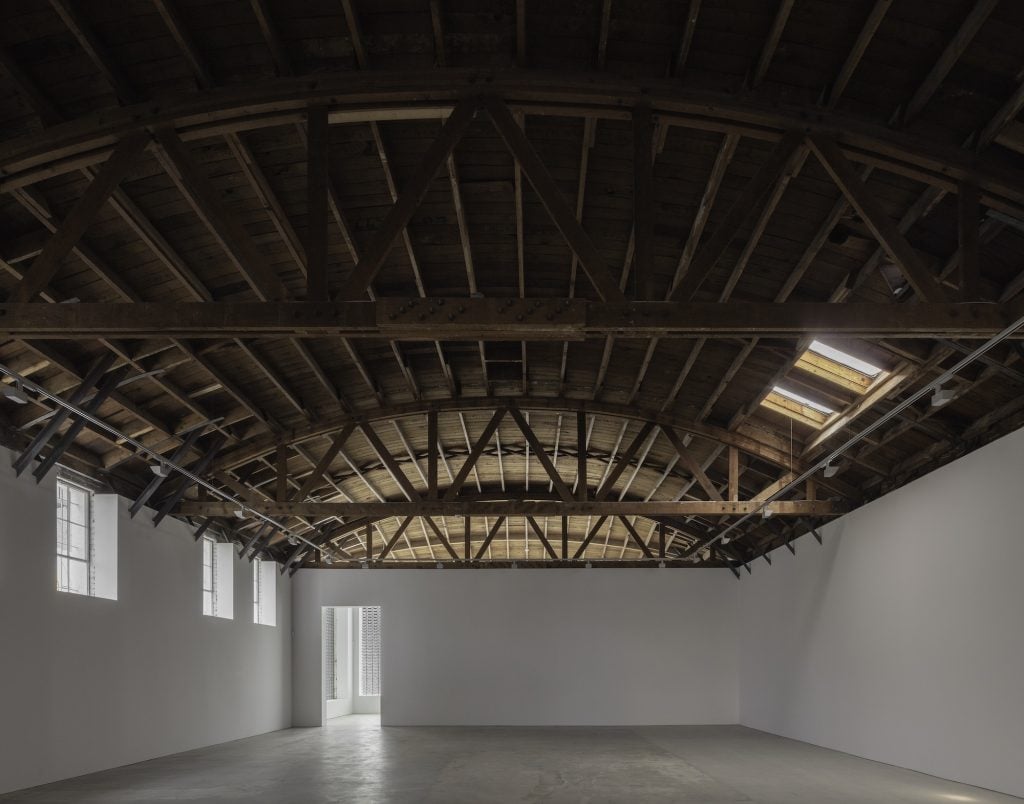
Interior of James Fuentes Gallery’s new Los Angeles space, designed by Leong Leong.
Earlier this summer, Leong Leong unveiled James Fuentes Gallery’s long-awaited new location in Los Angeles. The space occupies a 1920s-era commercial building on Melrose Avenue; the 3,700-square-foot interior is organized by a series of 14-foot walls that meet the exposed wood of its bow-truss ceiling.
The team also designed the U.S. pavilion for the 14th Venice Architecture Biennale, and their works have been exhibited internationally at the Guggenheim Museum in Bilbao, the MAK Center for Art and Architecture in Los Angeles, the Oslo Architecture Triennale, and the Storefront for Art and Architecture in New York.
While the workday can be long, at the end of the week, the brothers can often be found relaxing together, cooking, hanging out with their wives and kids, and more often than not, hitting a museum or gallery show.
Recently we caught up with them to find out what they value in art and life—and why.
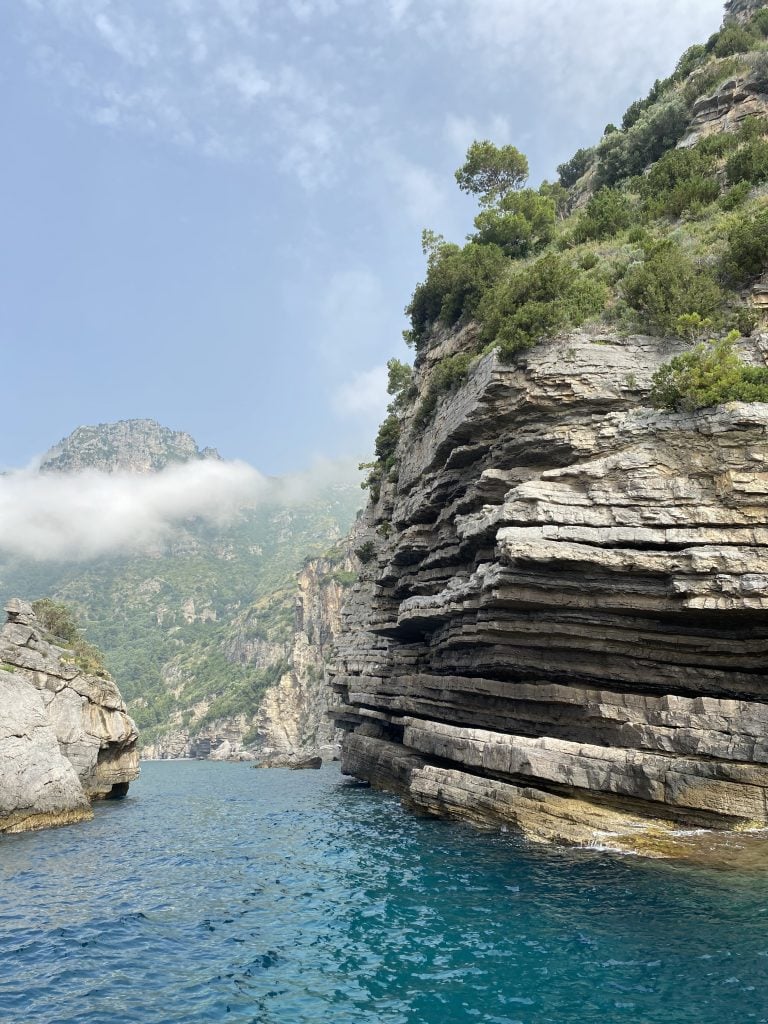
The Amalfi Coast. Photo: Christopher Leong.
What is the last thing that you splurged on?
Christoper Leong (CL): I recently went on a trip to the Amalfi Coast. We rented a boat and toured around islands and ate grilled anchovies at remote beach clubs. I almost never go on a proper vacation, so this was a real treat.
Dominic Leong (DL): My wife just got me a vintage 35mm film camera to take pictures of our daughter.
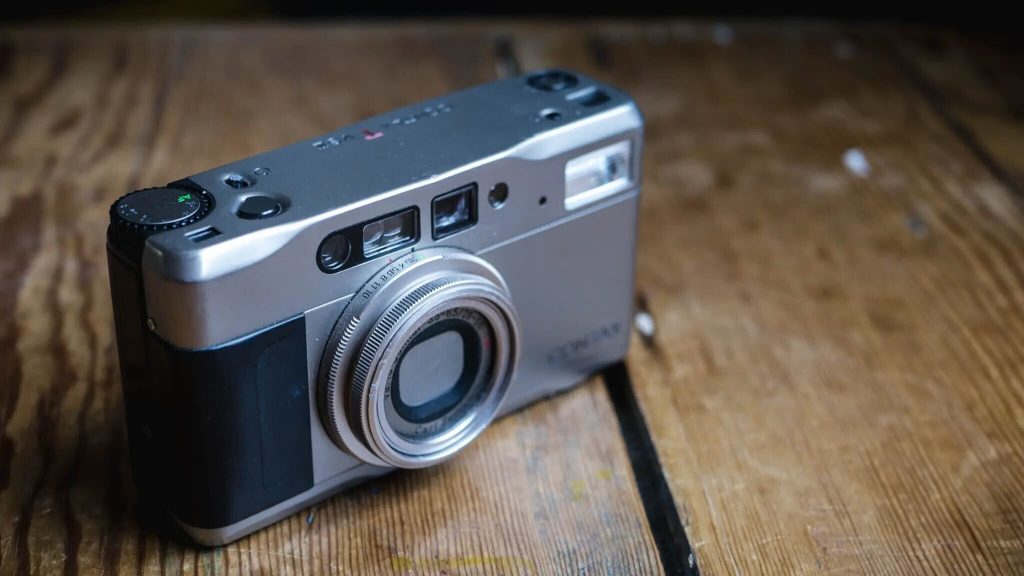
Dominic Leong’s 35mm Contax.
What is something that you’re saving up for?
CL: I’m saving up to put both of my kids through college.
DL: My dream would be to sail on the Hōkūleʻa, which is an earned privilege, so it’s more of an investment in time and service.
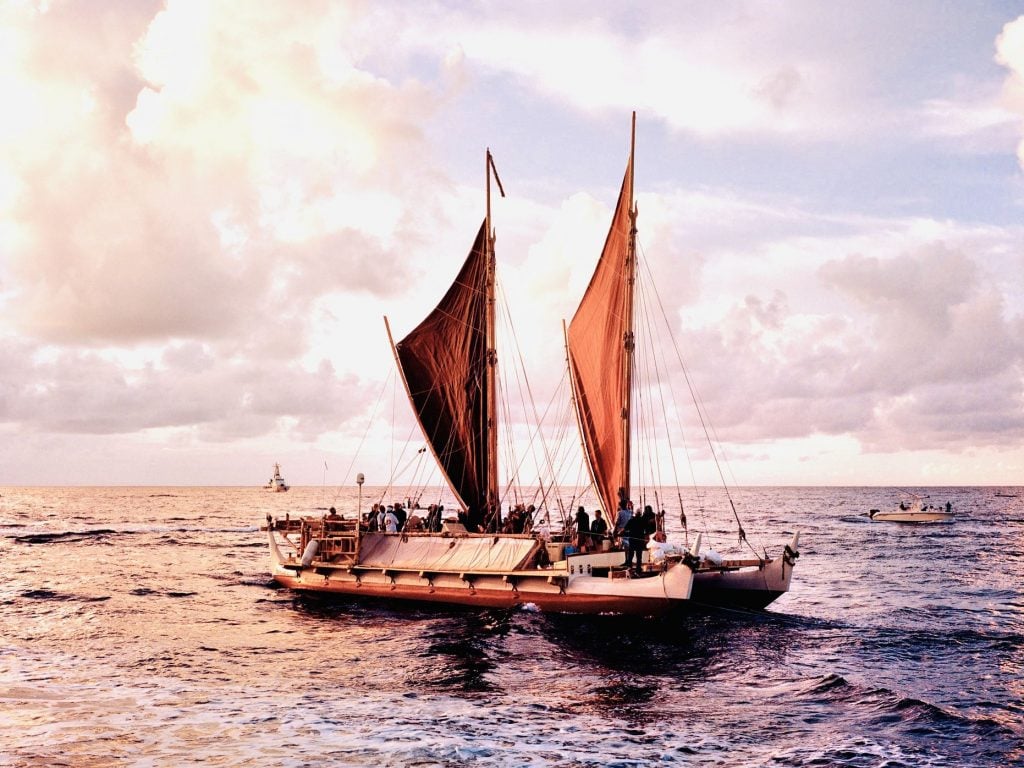
Dominic Leong dreams of sailing on the Hōkūleʻa.
What would you buy if you found $100?
DL: One time Chris and I found a roll of cash at the train station in New Haven after we gave a talk to students about starting our practice in the aftermath of the 2008 economic crisis. When we got back to New York we went to Blue Ribbon Sushi and ordered the omakase menu. I would do that again, but I’m not sure $100 would cut it now.
CL: I would head to the Union Square farmers market and get a bunch of fancy produce to make dinner for friends and family, which is usually at Dominic’s house. They have a great backyard in Clinton Hill.
What makes you feel like a million bucks?
DL: Every time we get an email from a young person who wants to visit the Anita May Rosenstein Campus [an intergenerational LGBT center in Los Angeles]. We’re very proud to help bring that project to life.
CL: Watching my two sons, 7 and 9, draw together at the kitchen table.
What do you think is your greatest asset?
DL: Curiosity and pattern recognition—I love new ideas.
CL: I love to learn and work with people. As an architect, it’s one of the great privileges to develop an understanding of someone’s needs and create an environment for them. We recently completed a house in Los Angeles for a family that collects art. From the beginning, they had very specific requirements and desires for their home, but they were very open to ideas. It was a six-year labor of love that is just now getting completed. It’s a very special project.
What do you most value in a work of art?
DL: I value how a work of art can create new sensations that nudge me to look at the world or myself in a new way.
CL: Awe and wonder. I was mesmerized the first time I saw Jay DeFeo’s The Rose, when I was an undergrad at Berkeley and it had just been restored. To look at something that you can’t immediately comprehend and that continues to draw you in is a powerful feeling. I had the same feeling when I visited Carlo Scarpa’s Brion Cemetery in 1998. It is nice to keep returning to works that you connected with at different moments in your life and see them anew.
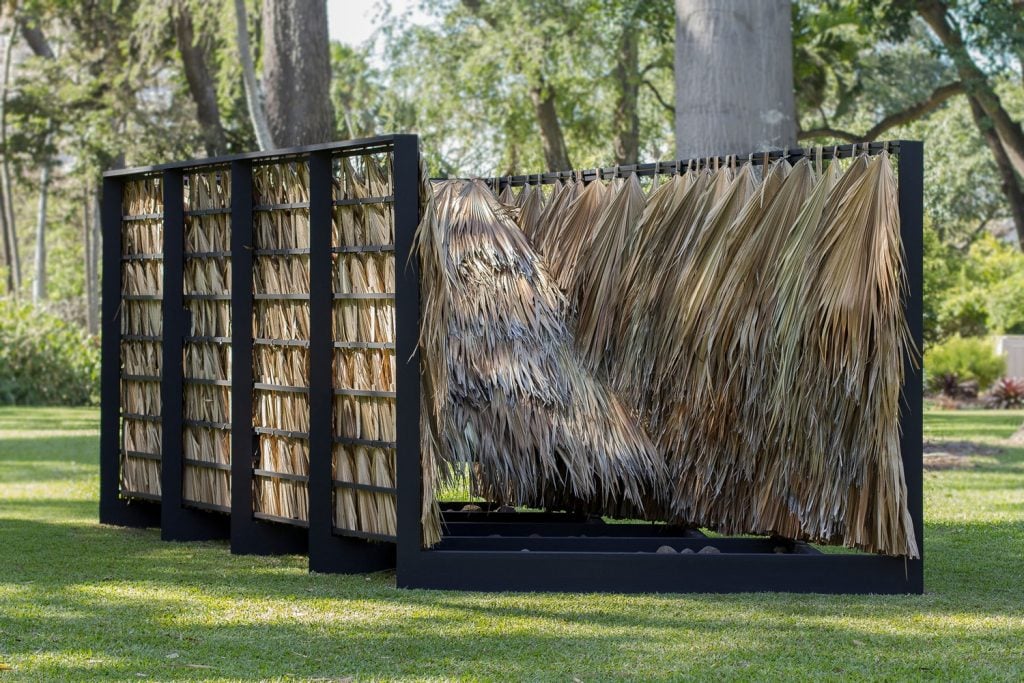
Courtesy of Sean Connelly.
Who is an emerging artist worthy of everyone’s attention?
DL: Not emerging, but everyone should know Carolyn Lazard. I was fortunate to have them speak to my architecture students at the Cooper Union about disability culture and redesigning contemporary art institutions. We’re starting a collaboration with Denniston Hill to design an accessibility plan for their residency.
CL: Sean Connelly is a Pacific Islander American artist born, residing, and working in Honolulu, Kona, Oʻahu. Their work encompasses sculpture, installation, film, design, and cartography. We are working together on an affordable housing project in Maui right now, and have been collaborating together on other projects in Hawaii since 2020. Dominic and Sean are working on a project that will be featured in the 2024 Smithsonian Design Triennial.
Who is an overlooked artist who hasn’t yet gotten their due?
DL: There are so many. It was great to see the exhibition on Just Above Midtown, the art gallery and self-described laboratory led by Linda Goode Bryant, at MoMA last year, and all the artists who were a part of that community.
CL: Juanita McNeely deserves a retrospective.
What, in your estimation, is the most overrated thing in the art world?
CL: Artificial intelligence.
What is your most treasured possession?
CL: I have various objects made from California black walnut trees our father harvested 40 years ago. We grew up in a house in a vineyard next to an orchard in Napa Valley. When they removed the orchard, our father, who is a woodworker and an architect, salvaged the trees. That wood is a part of our family.
DL: My well-seasoned wok.
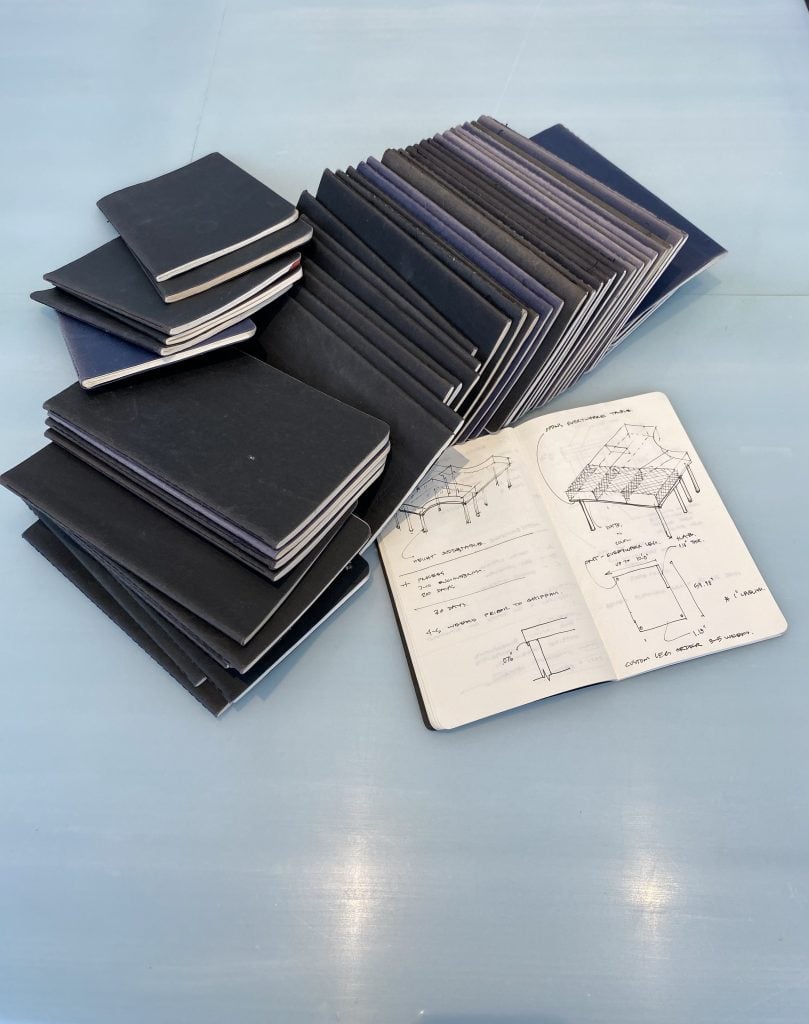
Christopher Leong’s collection of Moleskine notebooks.
What’s been your best investment?
DL: A meditation practice.
CL: My Moleskine 13x21cm, 80-page, plain journals. I’ve been sketching in them for 14 years, since we started Leong Leong. Each journal contains about three months of ideas and drawings.
What is something small that means the world to you?
DL: My 8-month-old daughter who is literally small. She’s a voracious eater with a discerning side-eye.
CL: When a client says “Thank you!”
What’s not worth the hype?
DL: Capitalism. I’m not sure what the alternative is at this point, but it’s really wreaked havoc on our planet. Also, The Fountainhead and Frank Lloyd Wright take up way too much space in the American psyche as the image of an architect.
CL: The metaverse.
What do you believe is a worthy cause?
CL: Climate change and public housing. We need more quality places for people to live sustainably.
DL: Embracing complexity and nuance—learning from our past to design our future.
What do you aspire to?
DL: Giving my daughter a connection to her ancestors, land, and the tools to live a joyful life in a complicated world.
CL: A vegetable garden.
